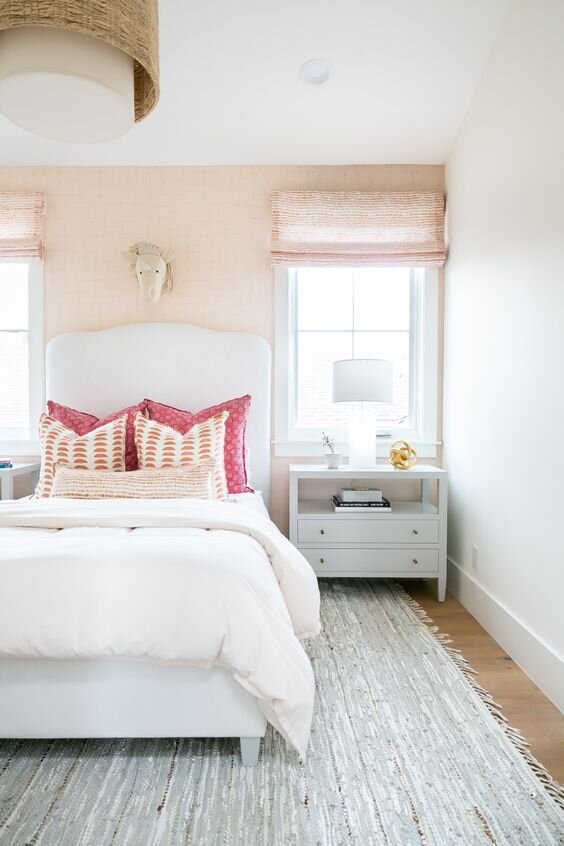When designing kitchens for our clients, we see many different pain points as well as design mistakes that should be avoided with thoughtful planning. Your kitchen is a large investment in your home and in most cases, the most heavily used space, so you want to put careful thought into how it’s laid out and work with a trusted designer to ensure all details are covered.
What are some common mistakes when designing a kitchen? Here are the most common issues we see in kitchen designs or complaints from clients on their existing kitchen before we rework the space.
1- Not planning for more than one cook in the kitchen.
This is a must! Look at your daily rhythm and who is in the kitchen while cooking. Do you and your spouse cook together? Does one cook while the other cleans? Do you have a tiny human (or three) who helps out often or just hangs out in the kitchen while you're cooking? This is an essential question you need to ask before any space planning happens to strategically place work stations as well as ensuring adequate distance and walk areas.
2- Not taking a complete inventory for storage.
Here's another common space planning mistake that can lead to a kitchen layout or design that doesn't work well for your household. Having enough storage, and the correct type of storage in a kitchen is key, and the needs vary so much from family to family. We work with a professional organizer to take a complete inventory of everything in our clients’ kitchen from the very beginning of our process to ensure storage is accounted for when we plan cabinetry.
3- Not planning for the clutter of additional activities in the kitchen.
We all use our kitchen for other activities other than cooking and eating. For many, it's a place we may work for a bit, kids may do homework, we may go through mail, charge our devices, or simply walk by the space with items we may want to set down somewhere in the kitchen. It's important to take all of this into consideration to plan for designated spaces for everything that may enter its way into your kitchen.
What other mistakes have you witnessed either in your own kitchen or a kitchen you've used?
Want more common kitchen mistakes? Be sure to join our email list to receive a comprehensive list in your inbox!























